Home>Gardening & Outdoor>Landscaping Ideas>What To Use To Kill Grass In The Garden
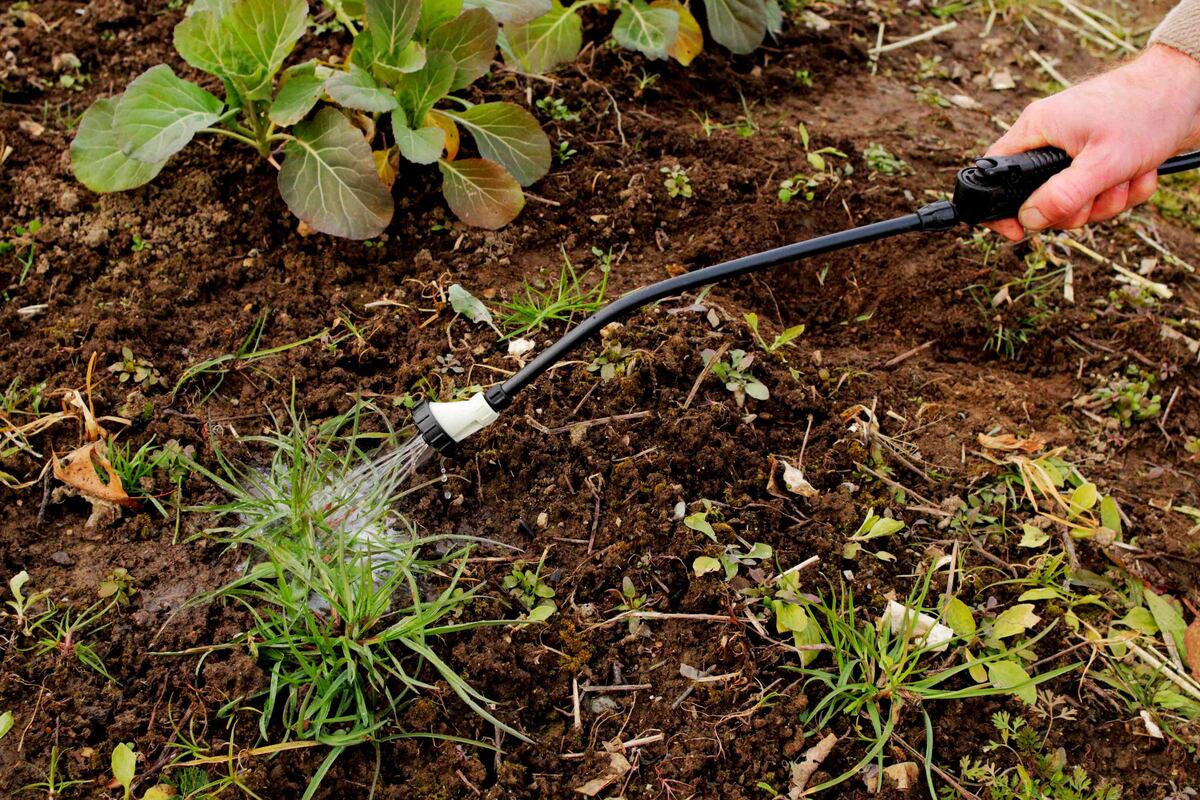

Landscaping Ideas
What To Use To Kill Grass In The Garden
Published: January 28, 2024
Discover effective landscaping ideas for killing grass in your garden. Find the best tools and techniques to achieve a weed-free garden.
(Many of the links in this article redirect to a specific reviewed product. Your purchase of these products through affiliate links helps to generate commission for Storables.com, at no extra cost. Learn more)
Introduction
When it comes to maintaining a garden or landscape, one of the most common challenges faced by gardeners is dealing with unwanted grass. While grass is a desirable feature for lawns, it can be a nuisance in garden beds, pathways, and other landscaped areas where it is not wanted. Fortunately, there are several effective methods for eliminating grass in these areas, allowing for better control over the overall aesthetic and health of the garden.
In this comprehensive guide, we will explore various techniques and products that can be used to kill grass in the garden. Whether you prefer chemical, organic, or mechanical solutions, there are options to suit every preference and environmental consideration. By understanding the different methods available, you can make an informed decision that aligns with your gardening ethos and specific needs.
From traditional herbicides to innovative organic approaches, we will delve into the diverse array of options, considering their effectiveness, safety, and environmental impact. By the end of this guide, you will be equipped with the knowledge to confidently address unwanted grass in your garden, ensuring that your landscape flourishes with the plants and features you cherish. Let's embark on this journey to discover the most effective ways to reclaim your garden from invasive grass.
Key Takeaways:
- Choose the Right Method
Whether it’s chemical, organic, or mechanical, there are various ways to kill unwanted grass in your garden. Each method has its own benefits and considerations, so pick the one that aligns with your gardening values and the specific needs of your landscape. - Prioritize Environmental Health
Consider the impact on the environment and the long-term health of your garden when choosing a method to kill grass. Organic and mechanical approaches offer eco-friendly alternatives to chemical herbicides, promoting a more sustainable and balanced garden ecosystem.
Read more: What To Use To Kill Grass
Understanding Different Methods for Killing Grass
Before delving into specific techniques and products for eliminating grass in the garden, it’s important to understand the different methods available. Broadly speaking, these methods can be categorized as chemical, organic, or mechanical. Each approach offers distinct advantages and considerations, allowing gardeners to choose the most suitable option based on their preferences and the specific requirements of their landscape.
Chemical methods typically involve the use of herbicides, which are formulated to target and eradicate unwanted grass and weeds. These products often contain synthetic chemicals that disrupt essential biological processes within the plants, leading to their demise. While chemical solutions are known for their effectiveness, they require careful application to minimize the impact on surrounding plants and the environment. Additionally, there is a growing preference for organic alternatives due to concerns about the potential health risks and ecological consequences associated with synthetic herbicides.
Organic methods for killing grass emphasize natural and eco-friendly approaches to weed control. These methods often involve the use of non-toxic substances, such as vinegar, salt, or natural herbicidal formulations derived from plant-based ingredients. Organic solutions are favored for their minimal impact on the environment and the ability to align with sustainable gardening practices. However, it’s important to note that organic products may require repeated applications and can take longer to achieve noticeable results compared to their chemical counterparts.
Mechanical methods for killing grass rely on physical techniques to remove or suppress unwanted vegetation. This can include hand-pulling grass, hoeing, mulching, or covering the area with landscape fabric to inhibit grass growth. While mechanical methods may be labor-intensive, they offer the benefit of being entirely chemical-free and can be particularly suitable for smaller garden areas or locations where chemical use is not feasible or desirable.
By understanding the distinct characteristics of chemical, organic, and mechanical methods for killing grass, gardeners can make informed decisions that align with their values, gardening practices, and the specific needs of their landscapes. In the following sections, we will explore each of these methods in greater detail, providing insights into the most effective products and techniques within each category.
Chemical Options for Killing Grass
Chemical options for killing grass in the garden encompass a range of herbicidal products designed to effectively and expediently eradicate unwanted vegetation. These products typically contain synthetic chemicals that target the physiological processes of plants, leading to their demise. When considering chemical solutions, it is crucial to prioritize safety, environmental impact, and the specific requirements of the garden or landscape.
One of the most commonly used types of herbicides for grass control is selective herbicides. These products are formulated to target specific types of grass while sparing desirable plants, making them ideal for situations where grass is encroaching on garden beds or ornamental plantings. Selective herbicides can be further categorized as pre-emergent or post-emergent, with pre-emergent formulations preventing grass seeds from germinating and post-emergent options targeting actively growing grass.
Non-selective herbicides, on the other hand, are designed to eliminate all vegetation they come into contact with. While these products are effective for clearing large areas of grass, they should be used with caution to avoid harming desirable plants. Non-selective herbicides are commonly used for clearing overgrown areas, preparing garden beds, or creating new landscaping features where total vegetation removal is necessary.
Systemic herbicides are another category of chemical options that are absorbed by the plant and translocated to various parts, including the roots, leading to comprehensive and long-lasting control. These products are particularly effective for perennial grasses and can provide sustained suppression of regrowth, minimizing the need for frequent reapplication.
It is essential to follow the manufacturer’s instructions when using chemical herbicides, including adhering to recommended application rates, timing, and safety precautions. Additionally, considering the potential impact on beneficial insects, soil health, and water sources is crucial when selecting and applying chemical options for killing grass. When used responsibly and judiciously, chemical herbicides can be effective tools for addressing persistent grass infestations and reclaiming the desired aesthetic and functionality of the garden.
To kill grass in the garden, use a non-selective herbicide containing glyphosate. Follow the instructions on the label for safe and effective application.
Organic Methods for Killing Grass
Organic methods for killing grass in the garden offer environmentally friendly and sustainable alternatives to synthetic herbicides, emphasizing natural ingredients and processes to control unwanted vegetation. These methods are particularly appealing to gardeners who prioritize ecological consciousness, safety, and the long-term health of the garden ecosystem. While organic approaches may require more patience and persistence, they can yield effective results without compromising environmental integrity.
One of the most popular organic solutions for grass control is the use of natural herbicidal formulations derived from plant-based ingredients. These formulations often contain active compounds sourced from botanical extracts, such as citrus oils, clove oil, or vinegar. When applied appropriately, these natural herbicides can effectively suppress grass growth without leaving persistent chemical residues in the soil, promoting a healthier and more balanced garden environment.
Another organic method for killing grass involves the use of household ingredients, such as vinegar and salt, which are known for their herbicidal properties. Vinegar, particularly horticultural or industrial strength vinegar with a higher acetic acid concentration, can be used as a non-selective herbicide to desiccate and kill grass upon contact. Similarly, salt can be applied to targeted areas to inhibit grass growth, although it should be used sparingly to avoid detrimental effects on soil salinity and the surrounding plants.
Cover cropping and mulching are additional organic techniques that can contribute to grass suppression and long-term weed control. By planting cover crops that outcompete grass and other weeds, gardeners can naturally inhibit their growth while improving soil health and fertility. Mulching with organic materials, such as wood chips, straw, or shredded leaves, creates a physical barrier that impedes grass growth, conserves soil moisture, and enhances the overall aesthetics of garden beds and pathways.
It’s important to note that organic methods for killing grass may require repeated applications and ongoing management to achieve desired results, especially when dealing with established or perennial grasses. Patience and persistence are key when employing organic approaches, as they often work by gradually weakening and suppressing grass rather than providing immediate eradication. By integrating these organic methods into the garden management practices, gardeners can foster a more sustainable and harmonious relationship with their landscapes while effectively addressing unwanted grass growth.
Mechanical Methods for Killing Grass
Mechanical methods for killing grass offer a chemical-free and labor-intensive approach to weed control, relying on physical techniques to remove or suppress unwanted vegetation. These methods are particularly suitable for smaller garden areas, organic gardening practices, or locations where chemical use is restricted or undesired. While mechanical methods may require more effort and time compared to chemical or organic solutions, they provide an environmentally friendly and sustainable approach to grass management.
Hand-pulling grass is a straightforward yet effective mechanical method, especially for isolated patches or smaller garden areas. By grasping the grass near the base and gently pulling upward, gardeners can manually remove individual grass plants, including the roots, to prevent regrowth. This method is most practical for addressing small-scale grass infestations and can be integrated into routine garden maintenance to keep unwanted vegetation in check.
Hoeing is another mechanical technique that involves using a hoe or similar tool to sever grass from the soil surface, disrupting its growth and causing desiccation. This method is particularly effective for annual grasses and can be employed to clear garden beds, pathways, and other landscaped areas. Regular hoeing can help prevent grass from becoming established and reduce the need for more intensive weed control measures in the future.
Mulching with landscape fabric or organic materials, such as wood chips or straw, serves as a mechanical approach to inhibit grass growth by creating a physical barrier. Landscape fabric, when properly installed and covered with mulch, prevents sunlight from reaching the soil, suppressing grass and weed emergence. Organic mulches not only impede grass growth but also contribute to soil moisture retention, temperature moderation, and the enhancement of soil structure and fertility.
For larger areas or locations where immediate suppression of grass is needed, covering the ground with tarps or black plastic can serve as a smothering technique. By depriving grass of light and air, this method effectively kills existing vegetation and prevents new growth. While it may require several weeks to several months to achieve complete eradication, smothering is a non-invasive and chemical-free approach to preparing areas for new landscaping or garden installations.
By incorporating these mechanical methods into the garden maintenance routine, gardeners can effectively manage unwanted grass without relying on chemical herbicides, promoting a more sustainable and ecologically conscious approach to weed control. While these methods may require more effort and vigilance, they contribute to the long-term health and vitality of the garden while minimizing the impact on the surrounding environment.
Read more: What To Use To Kill Dandelions In Grass
Conclusion
As a gardener, the challenge of managing unwanted grass in the garden can be met with a diverse array of methods, each offering unique benefits and considerations. Whether you opt for chemical, organic, or mechanical approaches, the key lies in understanding the distinct characteristics of each method and selecting the most suitable option based on your gardening ethos, environmental concerns, and the specific needs of your landscape.
Chemical options for killing grass provide expedient and effective solutions, particularly for persistent or widespread grass infestations. Selective herbicides, non-selective herbicides, and systemic herbicides offer targeted and comprehensive control, but they require careful application to minimize potential impact on surrounding plants and the environment. When used responsibly, chemical herbicides can be valuable tools for reclaiming garden spaces from invasive grass.
Organic methods for killing grass prioritize environmental consciousness and sustainability, utilizing natural ingredients and processes to suppress unwanted vegetation. From natural herbicidal formulations to household ingredients like vinegar and salt, organic approaches offer eco-friendly alternatives to synthetic herbicides. While they may require more patience and ongoing management, organic methods contribute to a healthier and more balanced garden ecosystem.
Mechanical methods for killing grass provide a chemical-free and sustainable approach to weed control, relying on physical techniques to remove or suppress unwanted vegetation. Hand-pulling, hoeing, mulching, and smothering techniques offer labor-intensive yet environmentally friendly options for managing grass in the garden. By integrating these mechanical methods into routine garden maintenance, gardeners can foster a more sustainable and ecologically conscious approach to weed control.
Ultimately, the choice of method for killing grass in the garden depends on a combination of factors, including the extent of the grass infestation, the specific characteristics of the landscape, and the gardener’s values and preferences. By exploring the diverse methods available and considering their respective benefits and considerations, gardeners can make informed decisions that align with their vision for a thriving and harmonious garden. Whether employing chemical, organic, or mechanical solutions, the goal remains the same: to create a landscape where desirable plants can flourish, and unwanted grass is kept in check, ensuring a vibrant and aesthetically pleasing outdoor space for all to enjoy.
Frequently Asked Questions about What To Use To Kill Grass In The Garden
Was this page helpful?
At Storables.com, we guarantee accurate and reliable information. Our content, validated by Expert Board Contributors, is crafted following stringent Editorial Policies. We're committed to providing you with well-researched, expert-backed insights for all your informational needs.
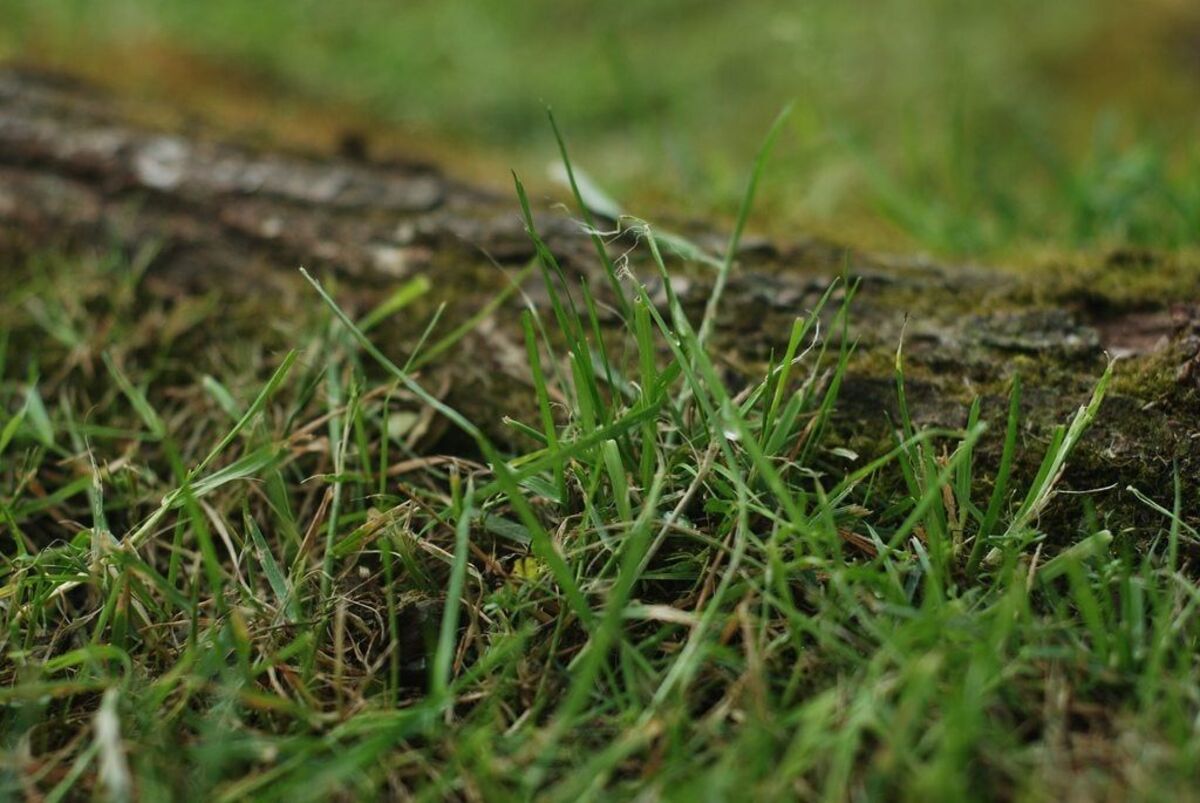
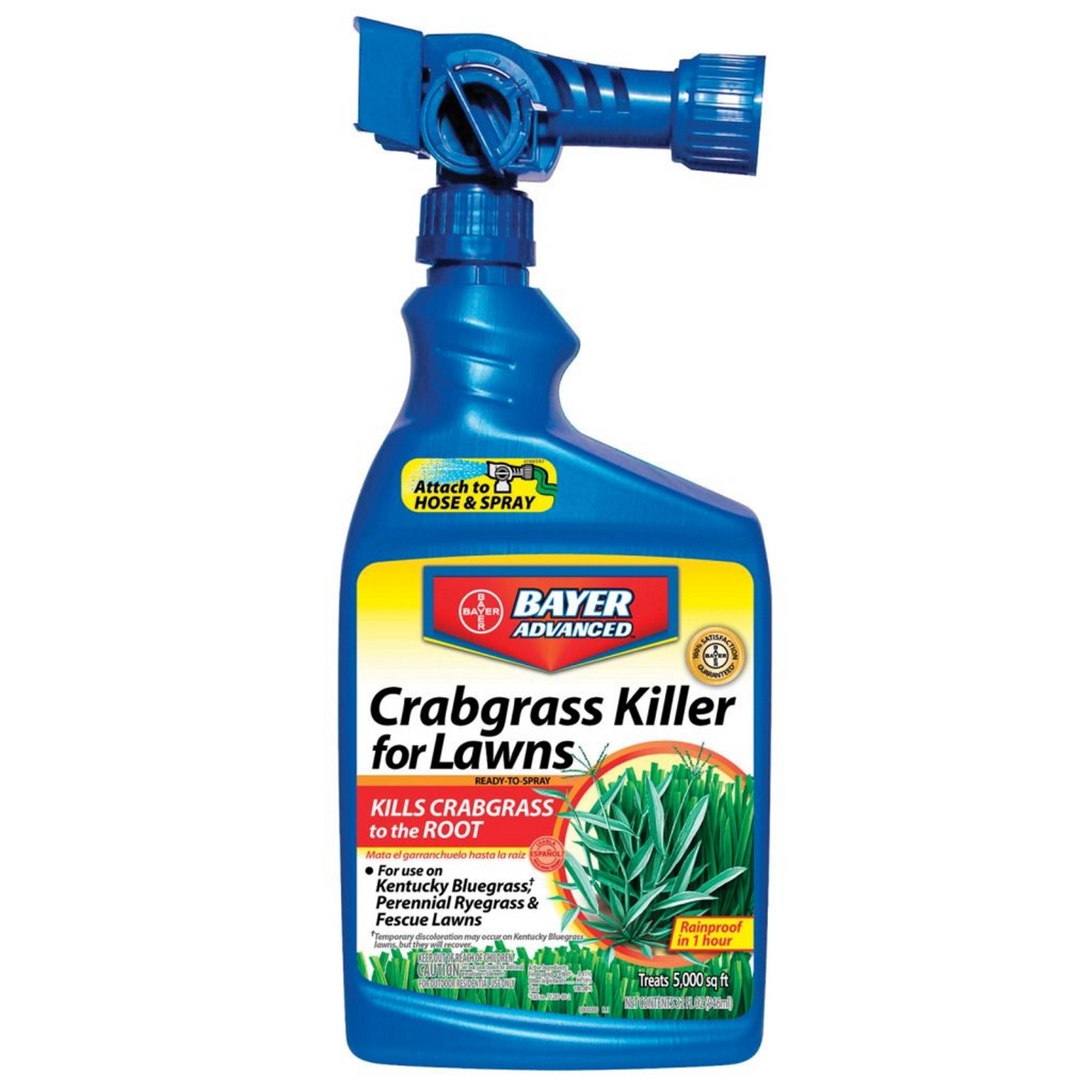
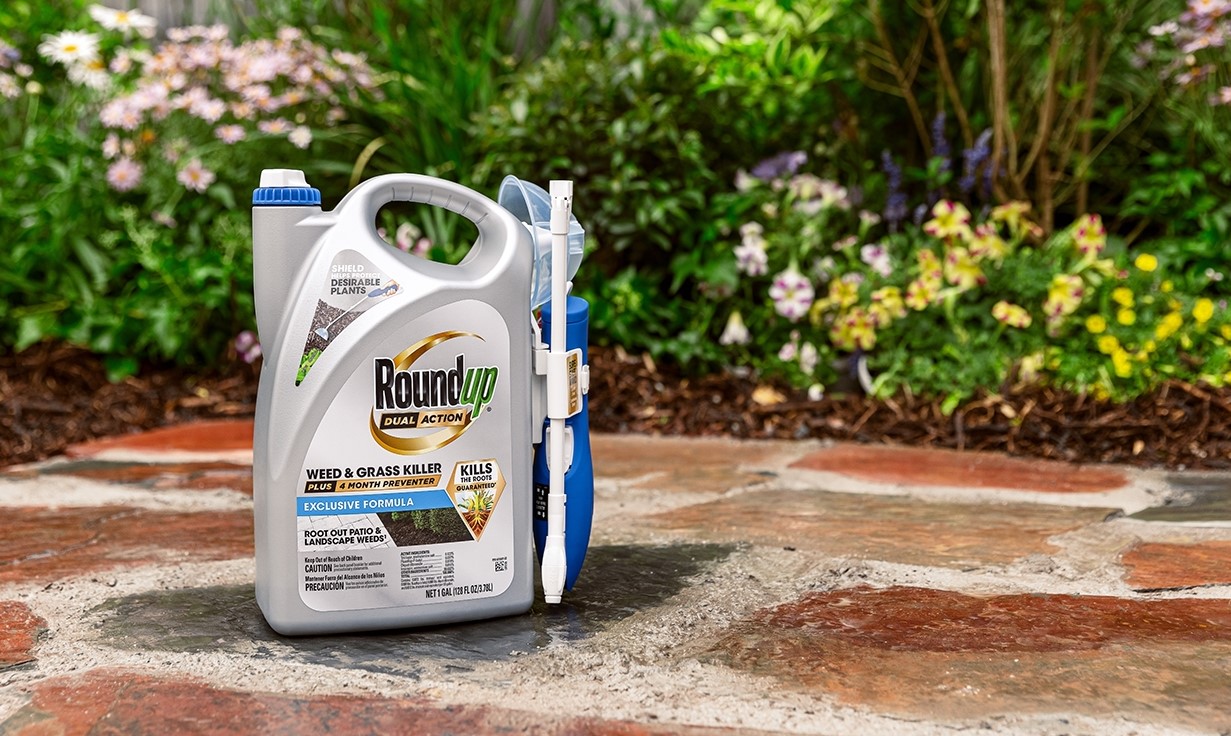
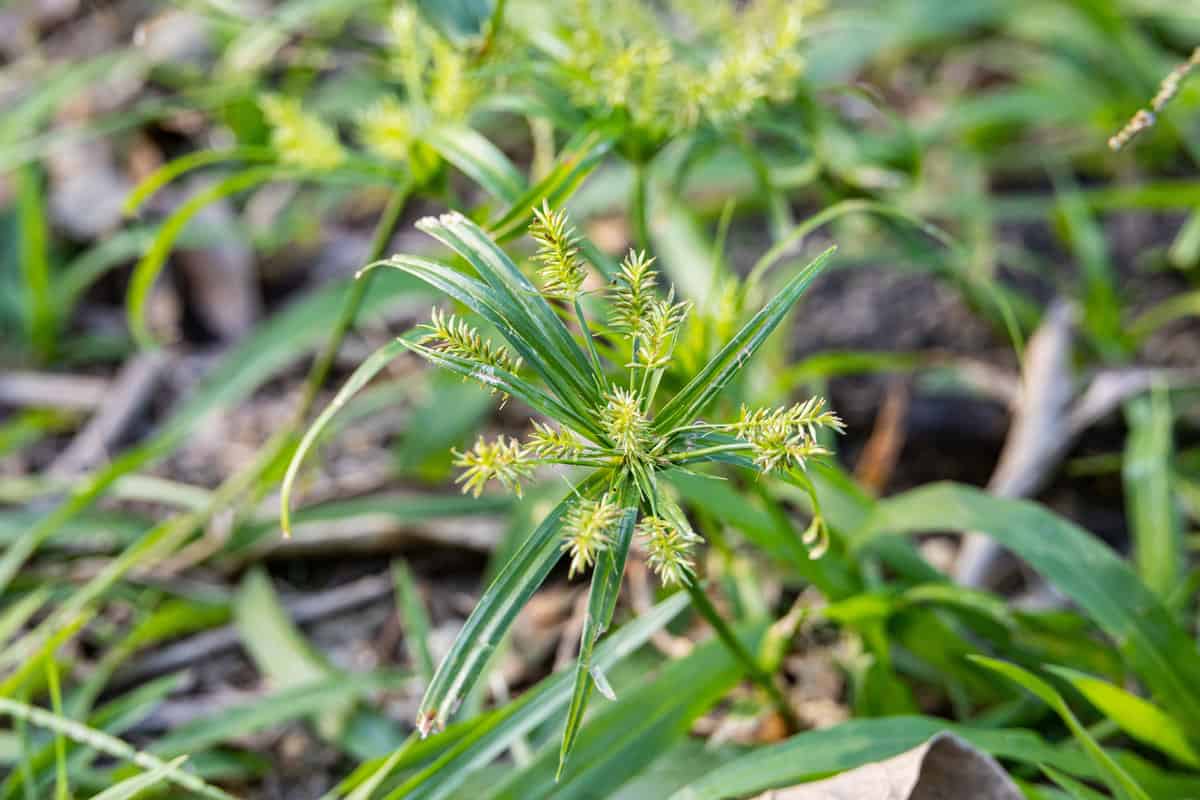
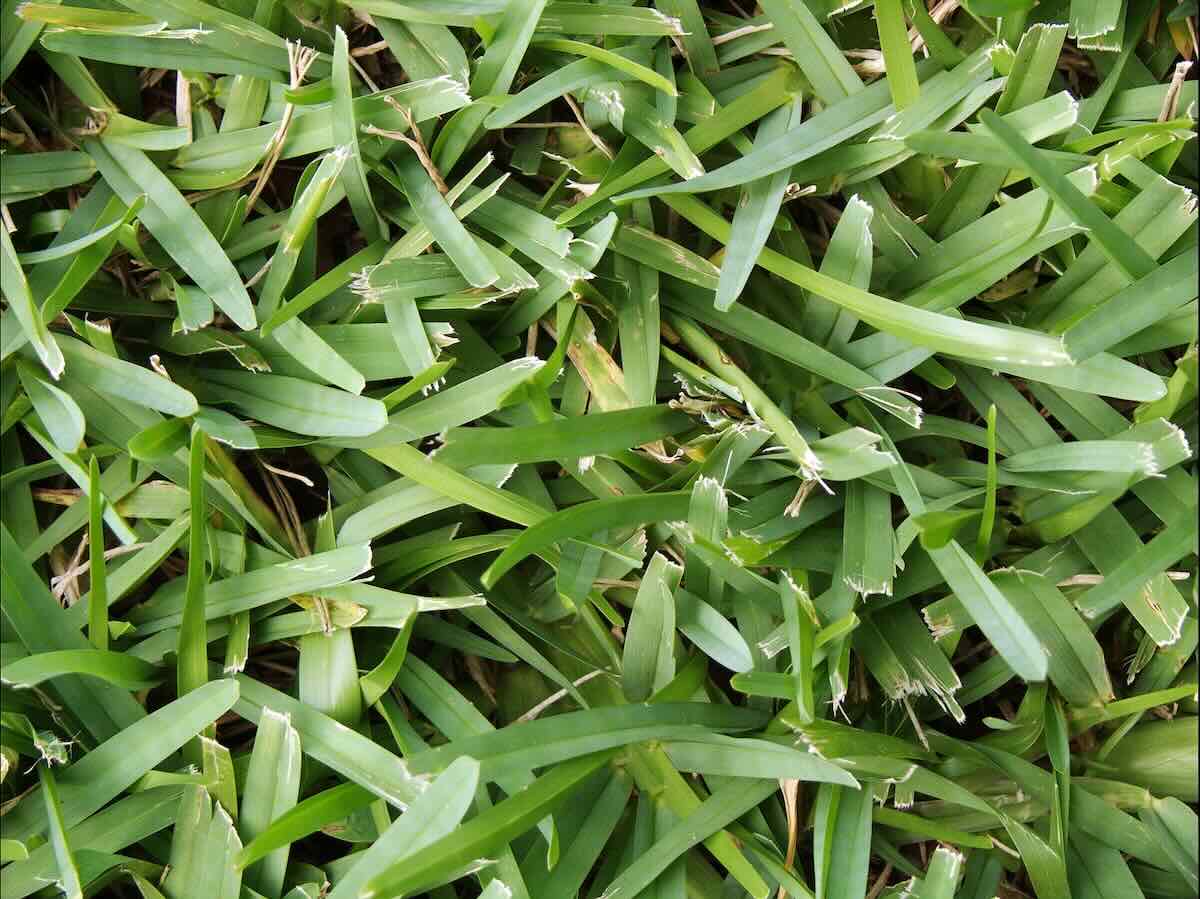
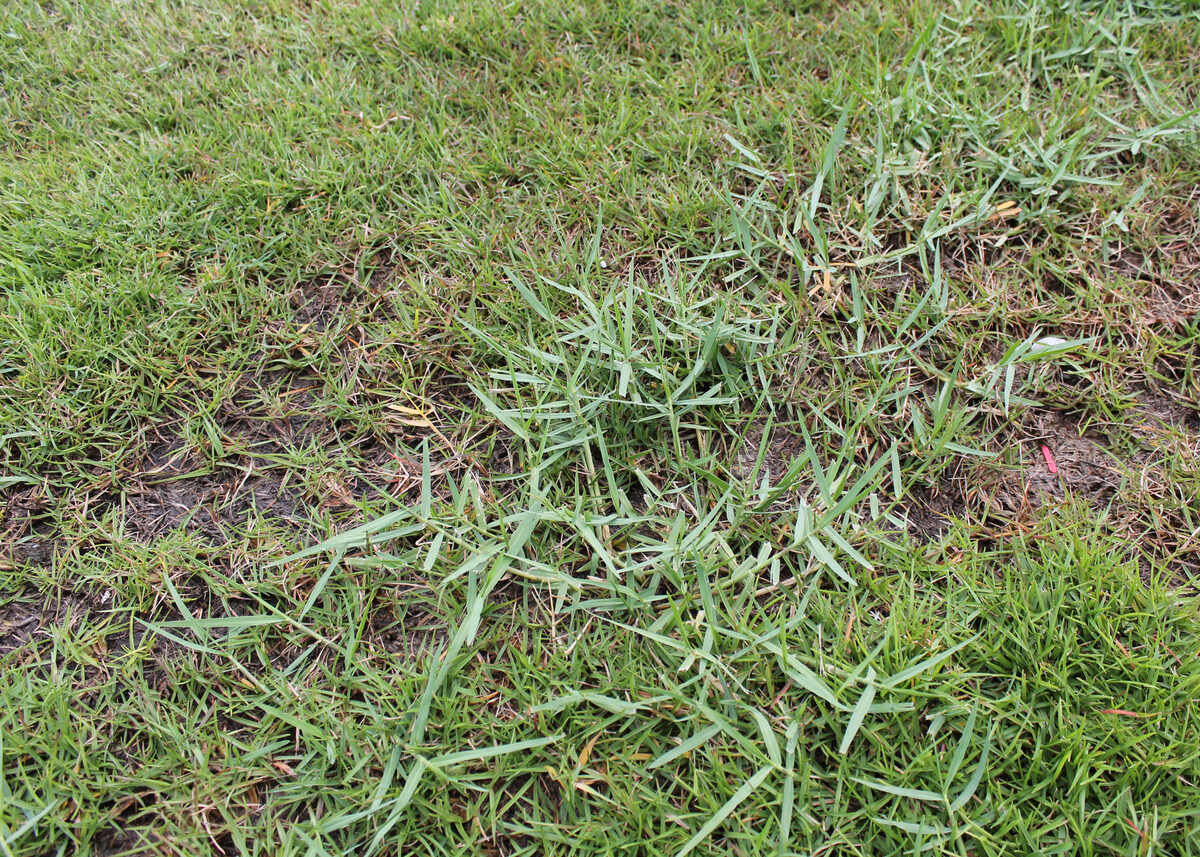
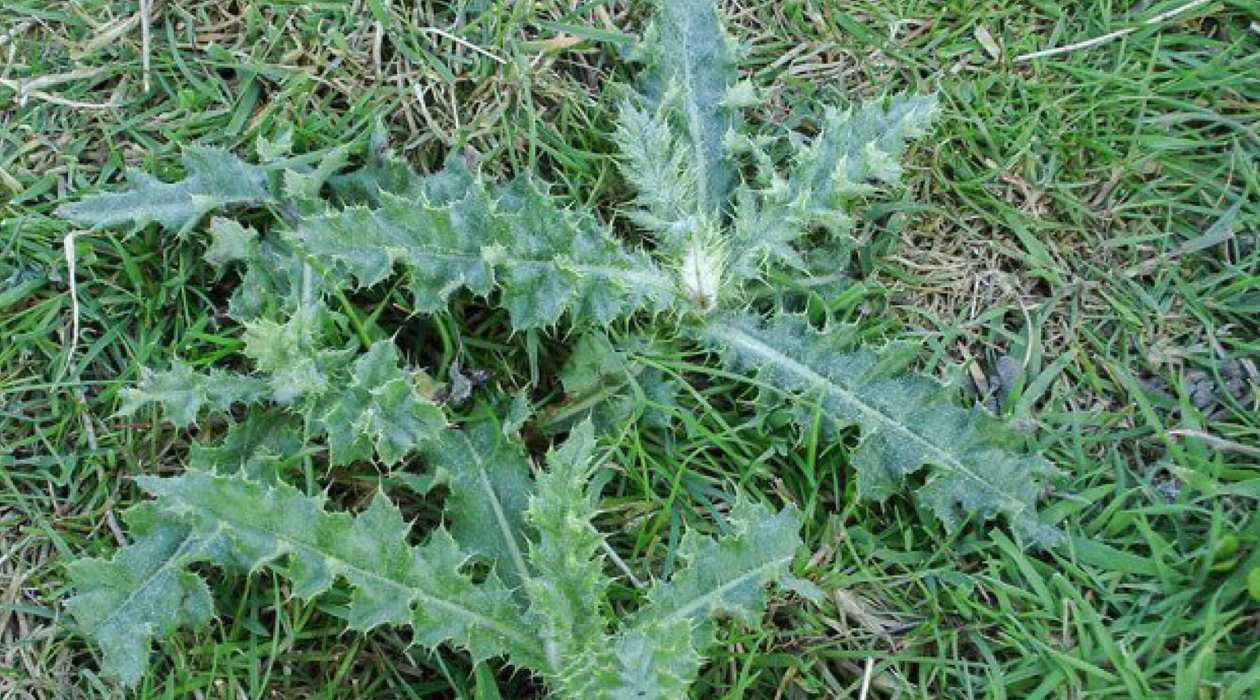
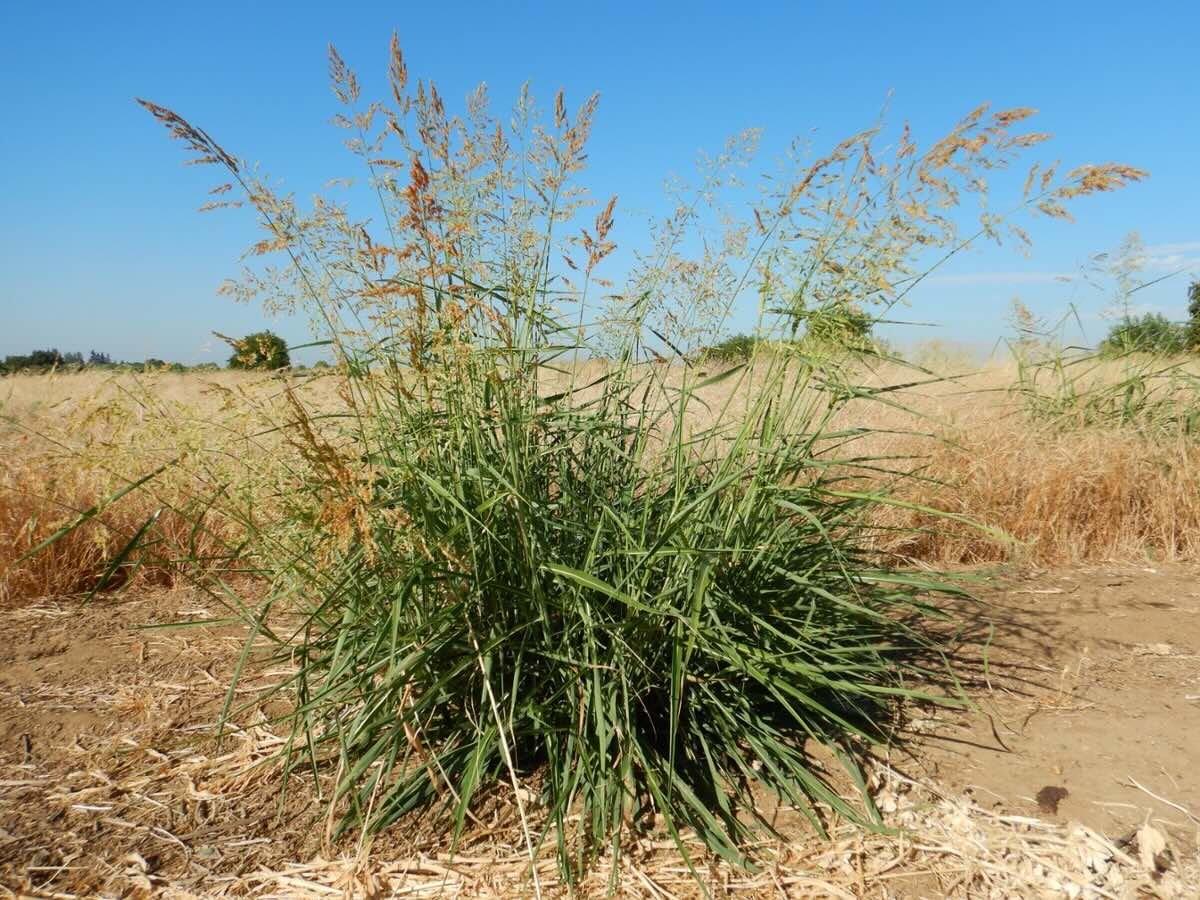
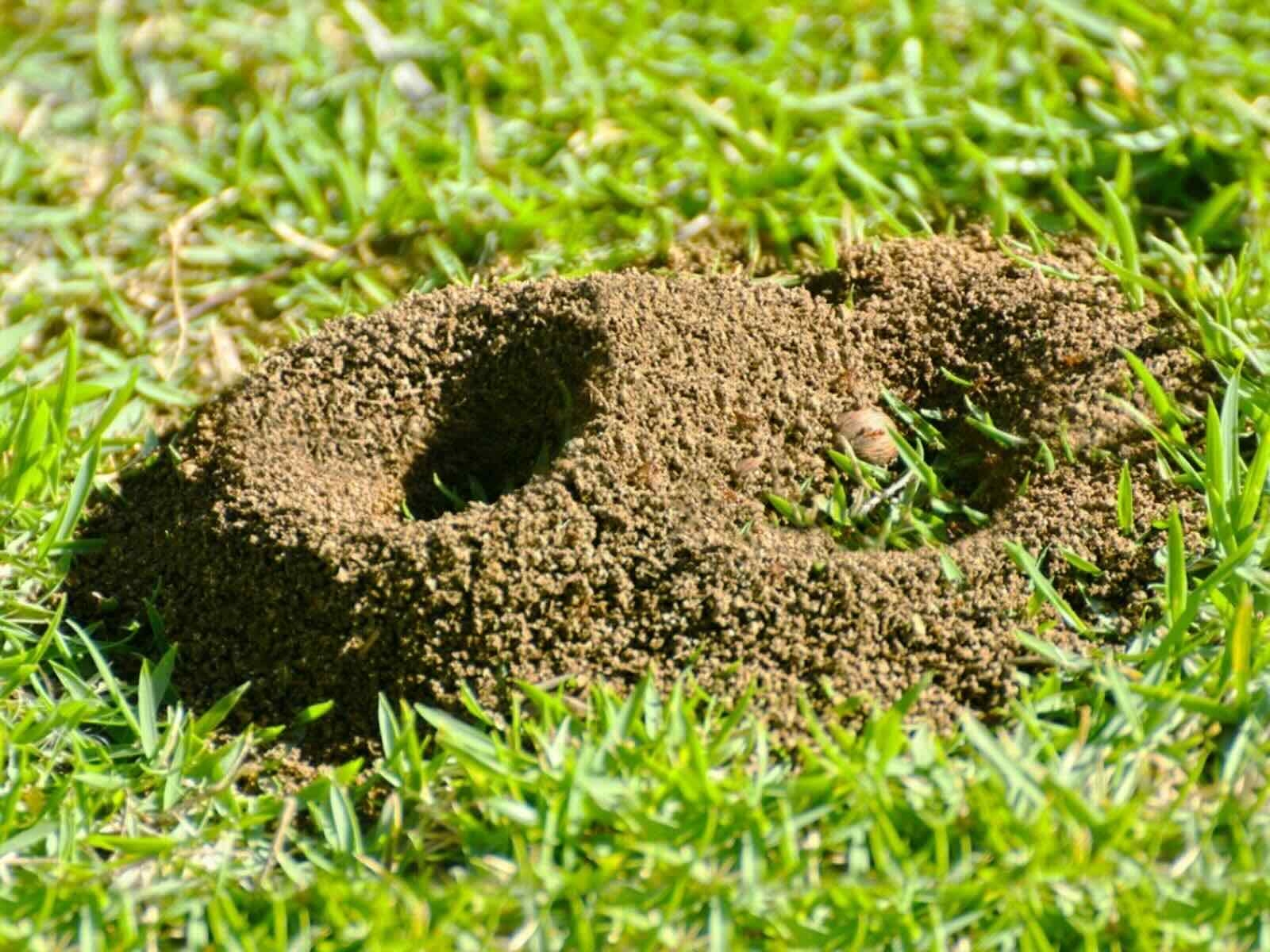
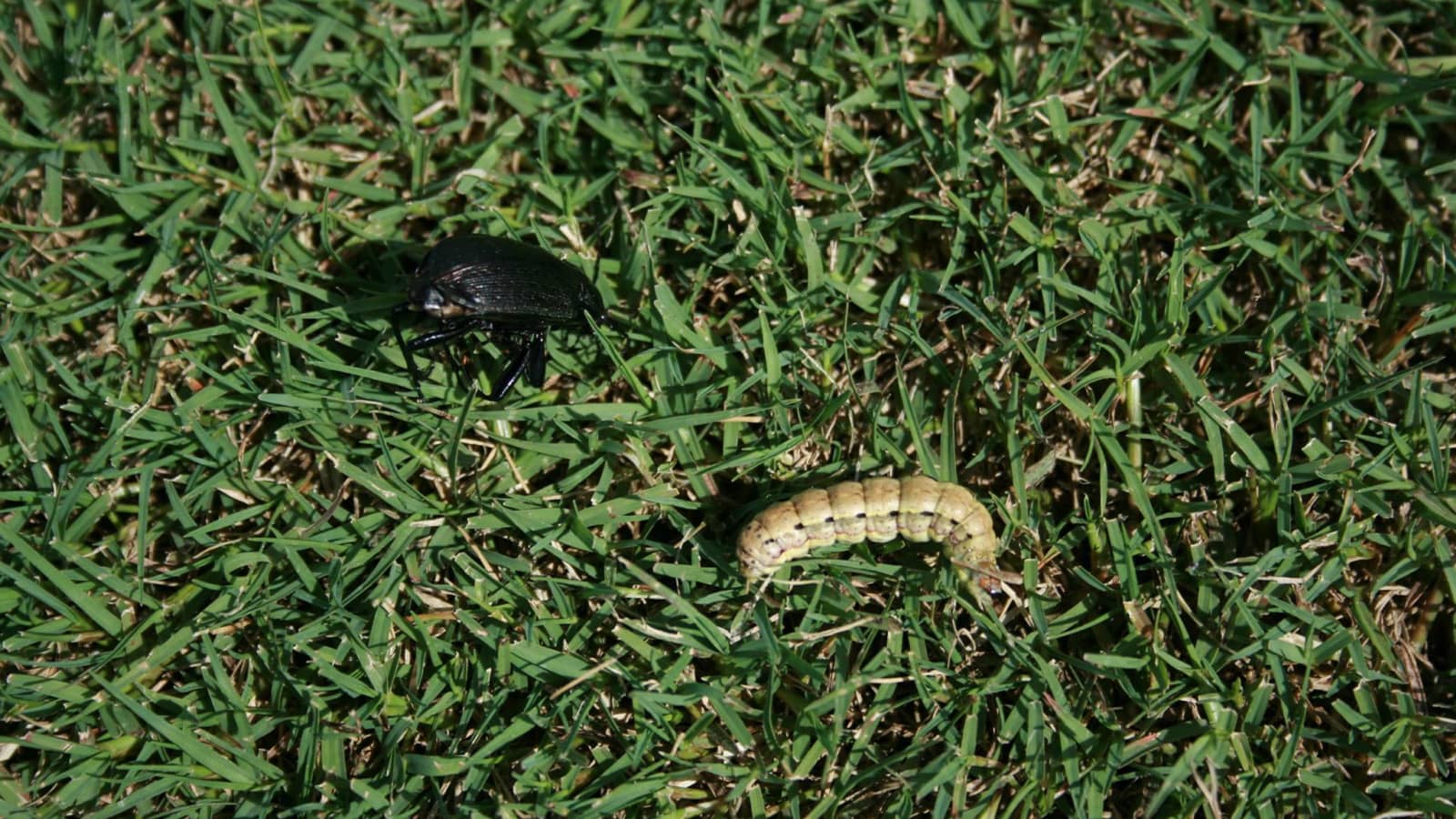
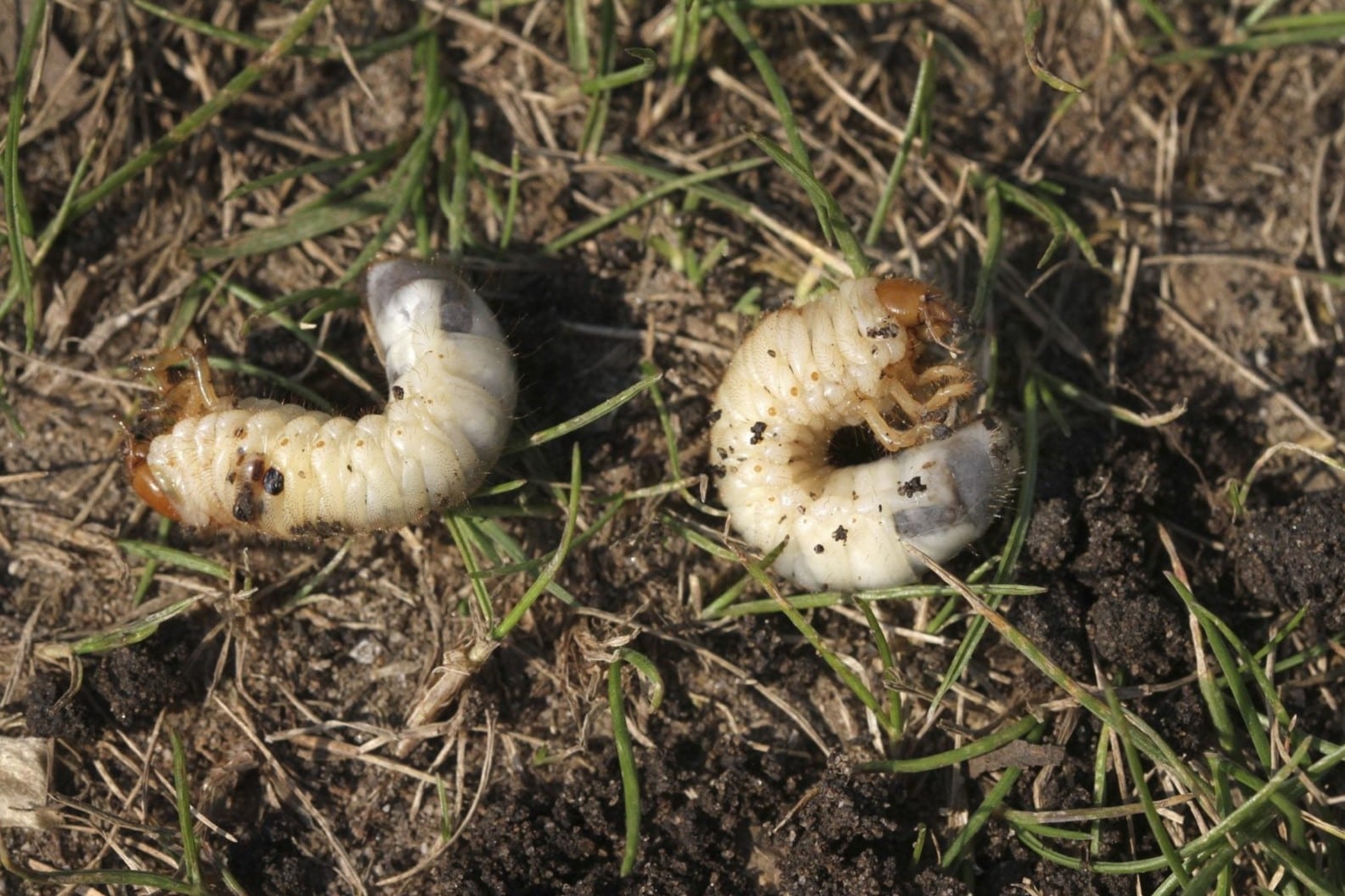
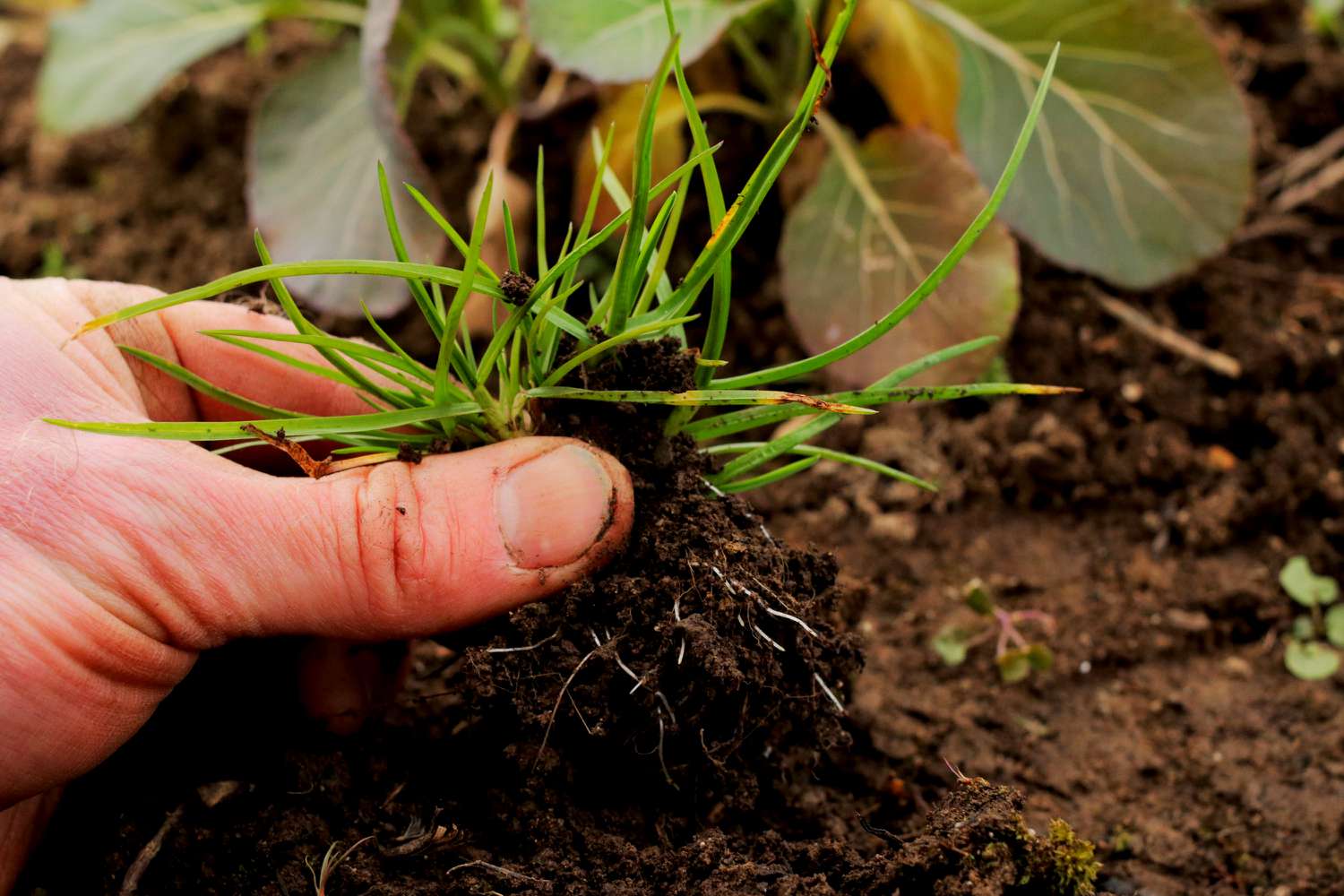
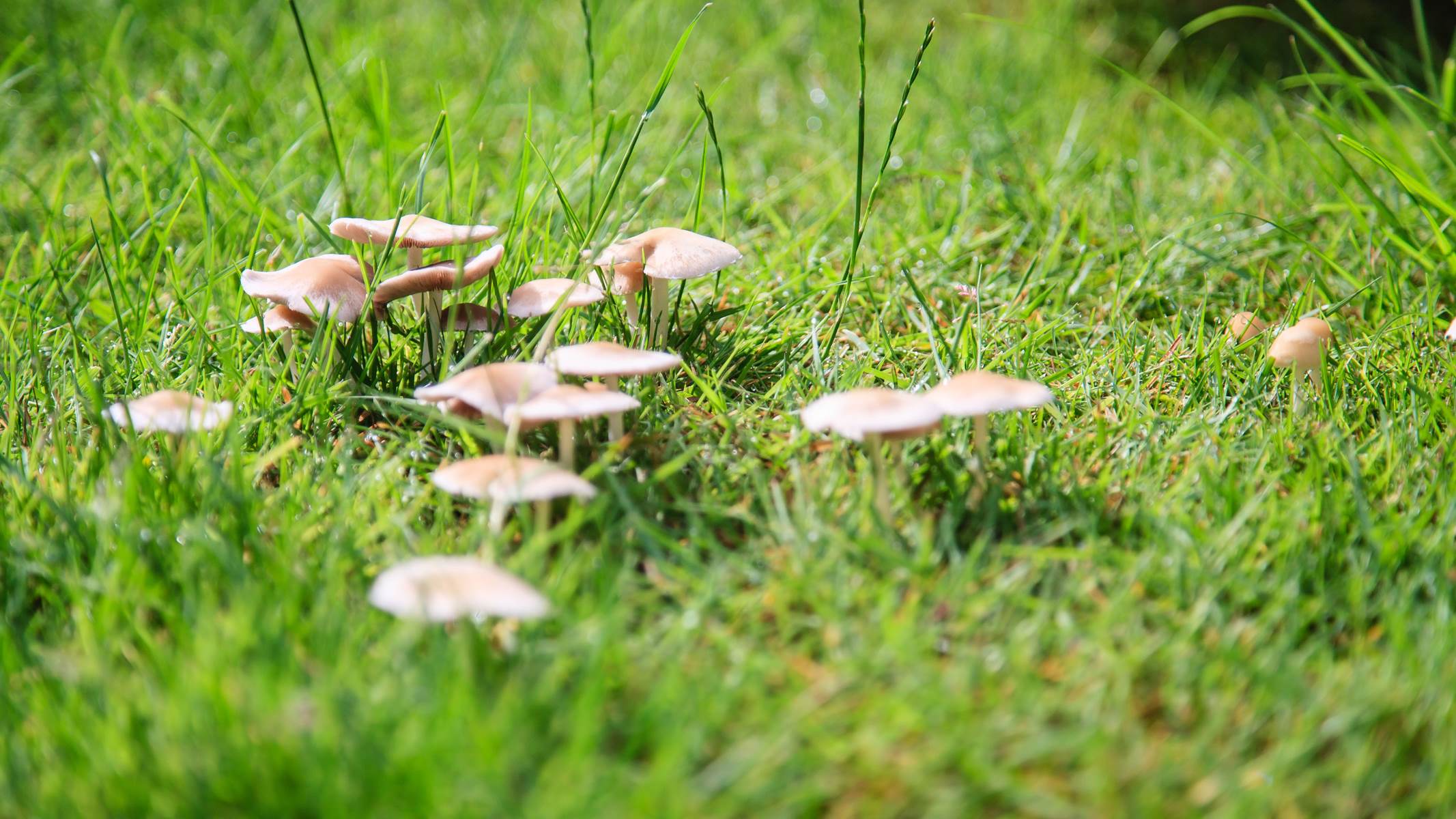
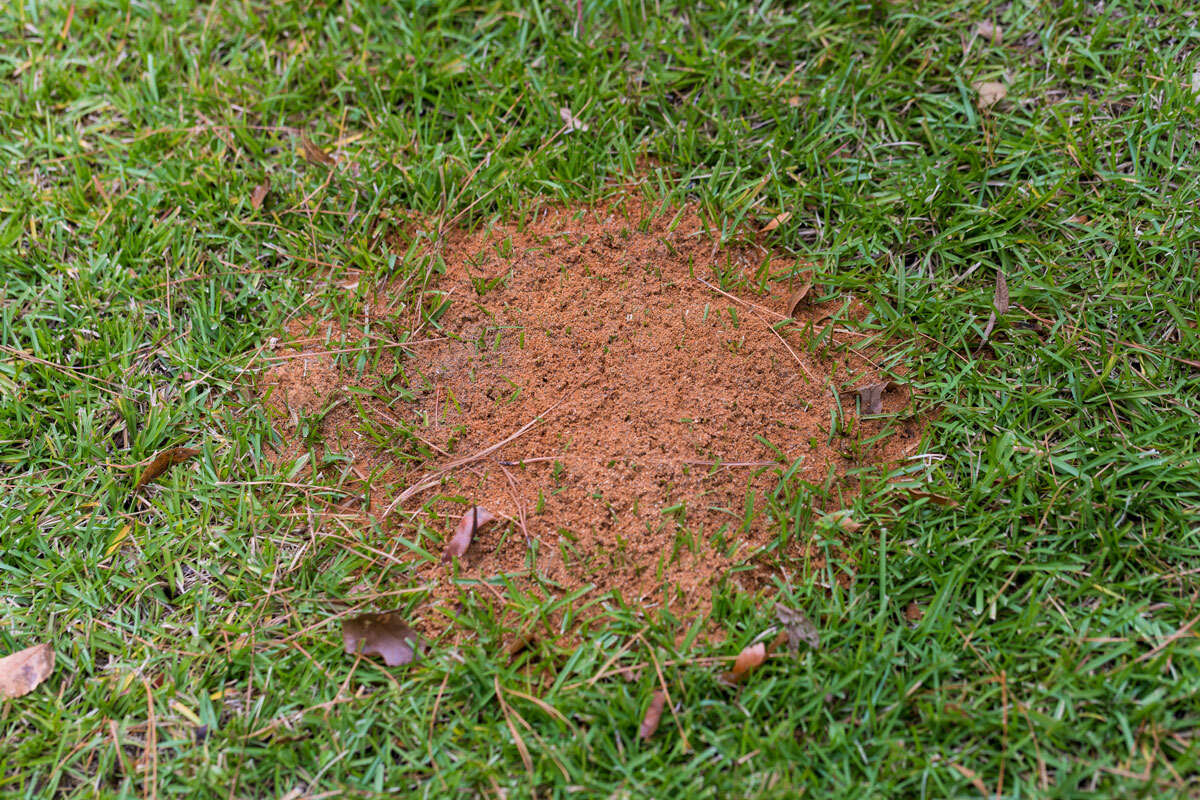

0 thoughts on “What To Use To Kill Grass In The Garden”